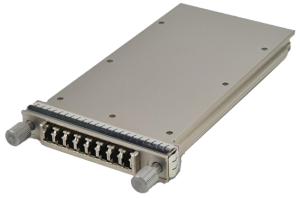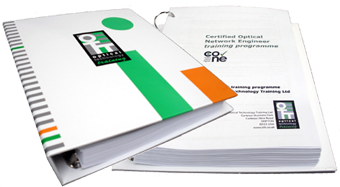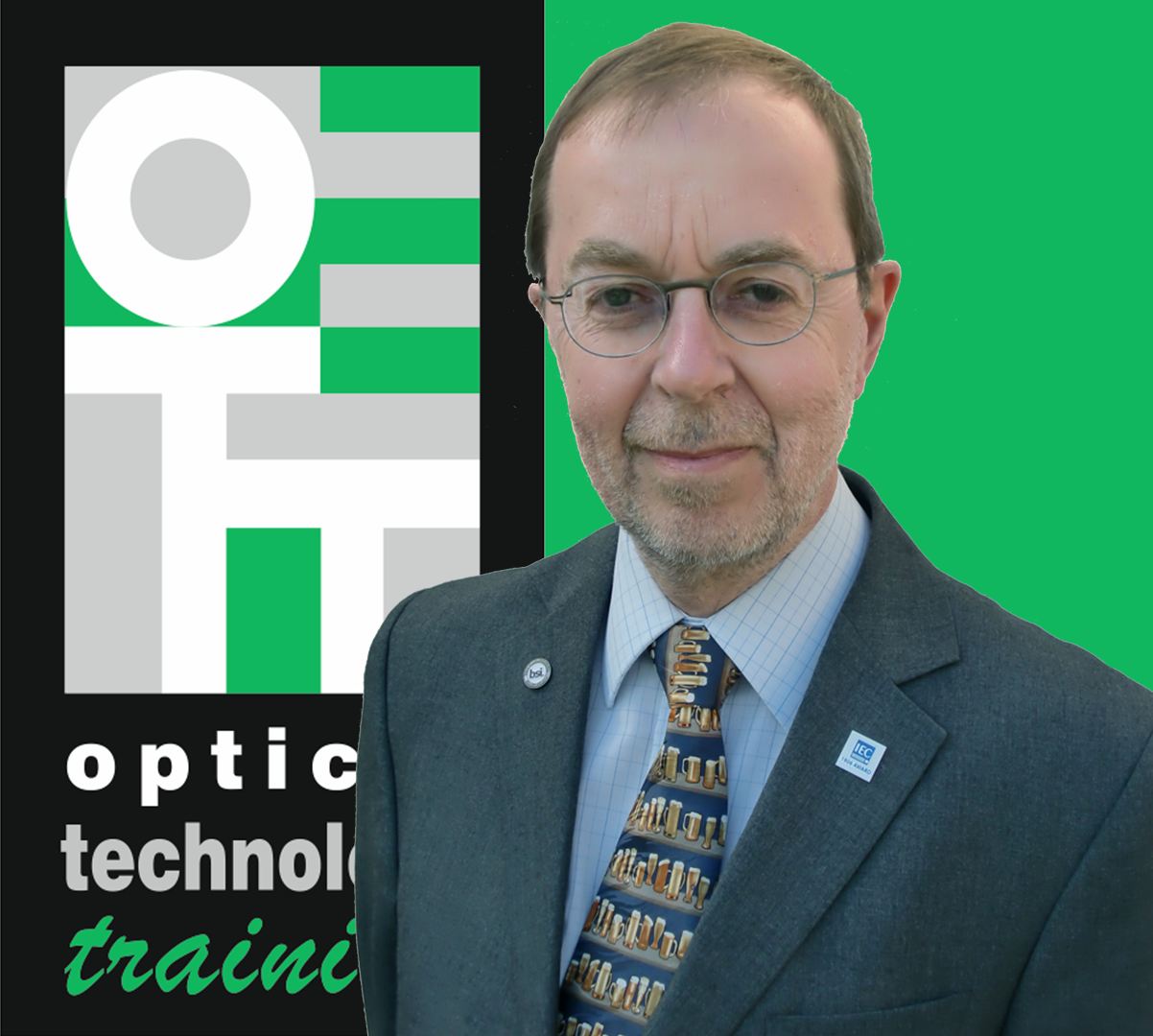Is 25G really more than 10G?
 When we developed the Certified Optical Network Associate (CONA) programme we decided to focus it on the technologies that are used for Optical Networks at data rates of up to 10Gb/s per channel. This makes a lot of sense from a number of perspectives. 10G channels are a very cost effective way of deploying systems that provide enough capacity for many applications such as dark fibre connections, data centre interconnect, FTTA (Fibre to the Antenna). The technology for 10G systems is mature and readily available with pluggable small form-factor transceivers providing a wide range of choices including CWDM, DWDM and even tuneable lasers.
When we developed the Certified Optical Network Associate (CONA) programme we decided to focus it on the technologies that are used for Optical Networks at data rates of up to 10Gb/s per channel. This makes a lot of sense from a number of perspectives. 10G channels are a very cost effective way of deploying systems that provide enough capacity for many applications such as dark fibre connections, data centre interconnect, FTTA (Fibre to the Antenna). The technology for 10G systems is mature and readily available with pluggable small form-factor transceivers providing a wide range of choices including CWDM, DWDM and even tuneable lasers.
However, 10G systems are not without their challenges, the low cost optics means that you have to take care of dispersion, with an appropriate chromatic dispersion management strategy and taking care to understand the potential impacts of PMD. There are also some pitfalls for the unwary (or untrained) with using amplifiers and mixing and matching components from different vendors.
So we’ve been very pleased with the way that customers have reacted to the CONA programme; by covering infrastructure related topics and systems related issues, the feedback from delegates shows how beneficial it is to gain a good understanding of the interactions between these two areas. Often delegates have a background in one or the other and seeing the big picture and how it all works together helps everyone to appreciate what it takes to make a good optical network based on 10G channels.
 However, in keeping up with the new developments to keep the courses up to date, along comes a new technology that throws a spanner in the works. In this case the new technology that upsets our CONA for 10G mindset is the new style of 100G CFP pluggable optics module, with a number of vendors announcing new products at ECOC last September.
However, in keeping up with the new developments to keep the courses up to date, along comes a new technology that throws a spanner in the works. In this case the new technology that upsets our CONA for 10G mindset is the new style of 100G CFP pluggable optics module, with a number of vendors announcing new products at ECOC last September.
 This technology builds on the 2nd Generation 100G Ethernet standard that was published in 2015 and uses four pairs of singlemode fibres each transmitting 25Gb/s of data using tuneable lasers in the C-band. This is an interesting halfway house between 10G wavelengths and the very expensive coherent 100G solutions using DP-QPSK. So the question is where does this technology sit in our portfolio of courses?
This technology builds on the 2nd Generation 100G Ethernet standard that was published in 2015 and uses four pairs of singlemode fibres each transmitting 25Gb/s of data using tuneable lasers in the C-band. This is an interesting halfway house between 10G wavelengths and the very expensive coherent 100G solutions using DP-QPSK. So the question is where does this technology sit in our portfolio of courses?
Yes the CONA course now covers 25G
Because the module has no electronic dispersion compensation then it is necessary to do the dispersion compensation optically. For this reason we decided that it really belongs on the CONA course, but it also has some implications for our CFCE course as well. So on the CONA course we’ve introduced this module to the Transceivers part of the course and added a new set of requirements to the Chromatic Dispersion Management section of the course, reflecting the tighter dispersion limits that are needed to support transmission using these modules.
and we look at the implications on the CFCE course now too
On the Certified Fibre Characterisation Engineer (CFCE) course this technology means that you need to have more accurate dispersion figures for the installed links than was necessary for 10Gb/s. This reinforces the need for actual chromatic dispersion measurements on installed links so that the correct amount of dispersion compensation can be applied.
Need to know more?
If you feel that you or your team would benefit from a deeper understanding of all the issues in order to keep pace with developments, then get in contact and we’ll put you in touch with one of our partners who deliver the CONA and CFCE courses.







Richard,
Yes I agree with this but the decision by the IEEE standards under the heading [STDS-802-3-25G] P802.3by came about due to the discussion ns with the various interested parties at the quarterly IEEE meetings. From here it was decided to investigate and hopefully standardise the 25GbE Ethernet channel with both Electrical and Optical options and MMF and SMF deliverables being discussed and each given its own subgroup. However the greatest leap forward that came out of these discussions was the idea that 25GbE PON systems could be developed and this again got people thinking. If we have achieved a 25GbE (28Gb) optical lane for the 2nd generation 100GbE and delivered it via the CFP2 then how about a 50GbE or even a 100GbE PON standard under the 802.3-ngpon heading. So at present we are at this stage were all three are now being looked at and investigated for standardisation together, simultaneously and independently….for once the IEEE standards body are now heading the technology feasibility study into these developments.
Hi Derek,
Thanks for your input. My post was in the context of core networks, as covered on our CONA-core course that you attended. But yes the IEEE is now developing a plethora of Ethernet standards with different data rates and media options. My next blog will be looking at some of these developments and their impact for enterprise networks, mainly in the data centre space…